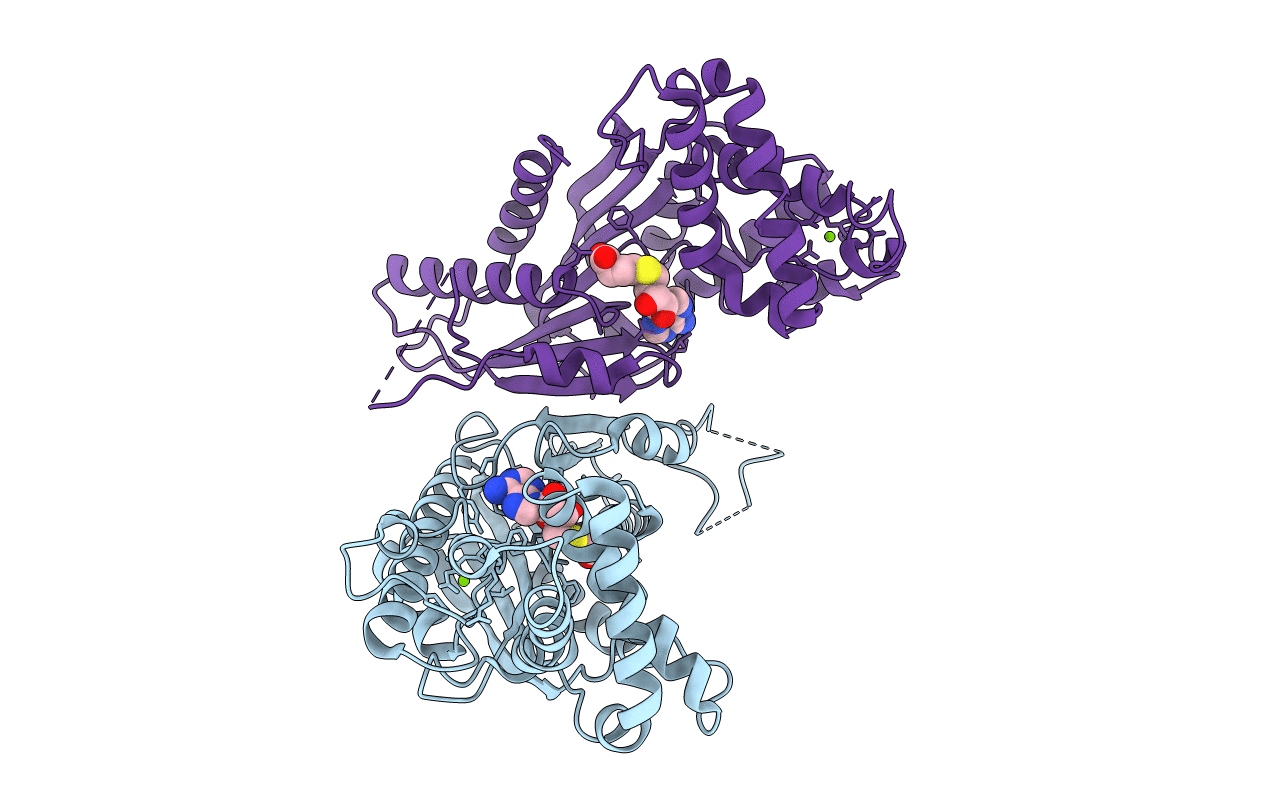
Deposition Date
2007-10-26
Release Date
2008-01-15
Last Version Date
2023-08-30
Entry Detail
PDB ID:
3B5I
Keywords:
Title:
Crystal structure of Indole-3-acetic Acid Methyltransferase
Biological Source:
Source Organism:
Arabidopsis thaliana (Taxon ID: 3702)
Host Organism:
Method Details:
Experimental Method:
Resolution:
2.75 Å
R-Value Free:
0.28
R-Value Work:
0.25
R-Value Observed:
0.25
Space Group:
P 1 21 1


